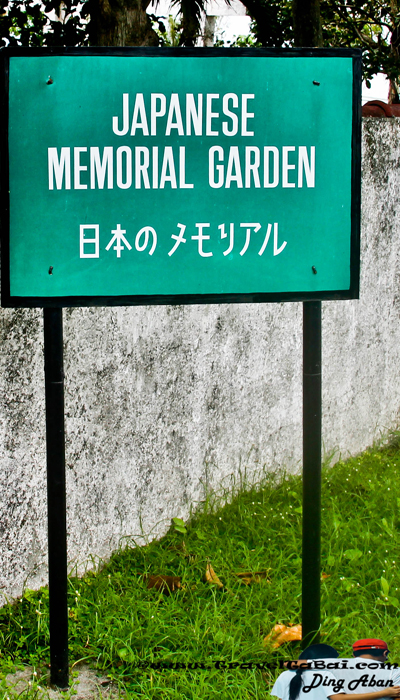
This historic Corregidor Island is also called Isla ng Corregidor or a Tadpole which is located at the southwestern part of Luzon Island in the Philippines at the entrance of Manila Bay. Corregidor Island is now protected and declared as one of the tourist destinations in the Philippines. Visiting this Ruin Island will give you a clear picture of what happened in the past while our Philippine heroes fought against the Japanese who tried to conquer this Island.
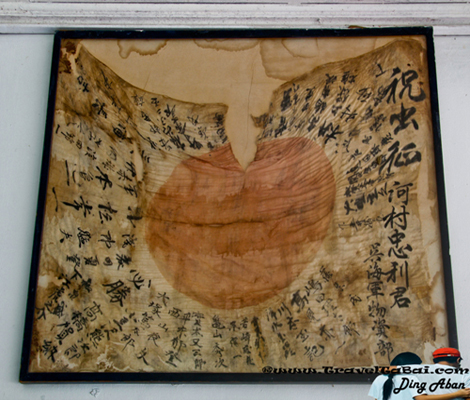
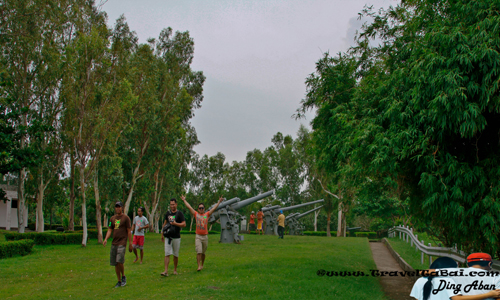
Japanese Memorial Garden Anti-Aircraft
One of the spots that you can see here is the Japanese Memorial Garden which is located at the tail side of the island and is the site for various soldier’s memorials and anti-aircraft gun relics. This garden was made for Japanese soldiers who died during World War II. Thousands of Japanese Soldiers fought during World War for their country and some even committed suicide as a sign of pride and honor. The park includes a praying area, shrines, markers, and a small pavilion that houses photographs and memorabilia.
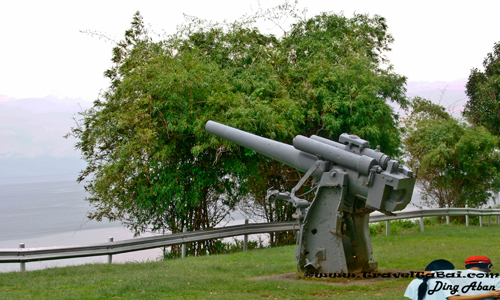
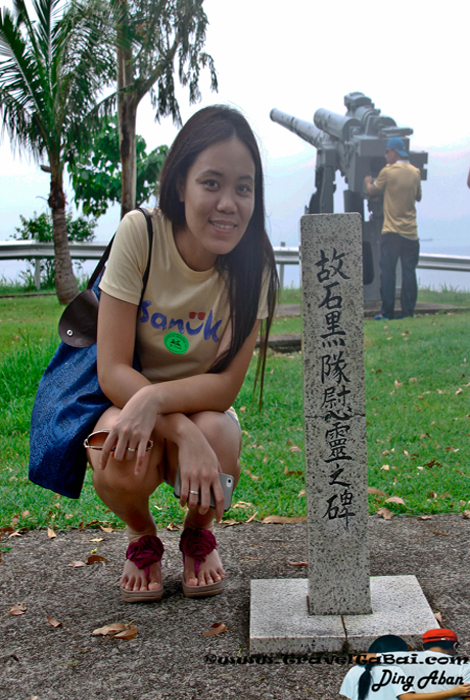
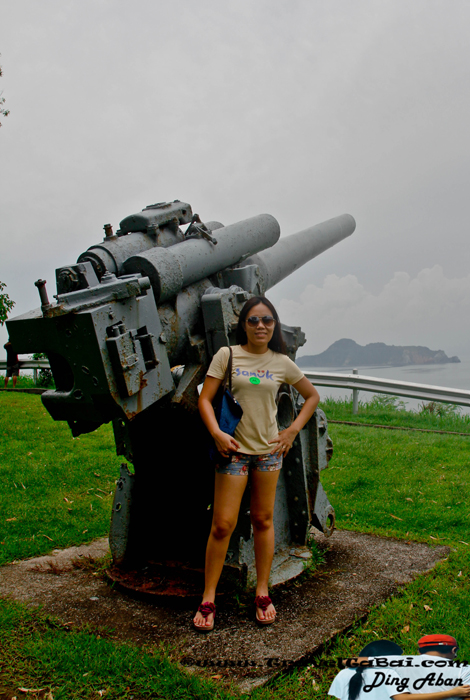
The Memorial Garden has a 10-foot-high stone Buddha, a reflecting pool, a Shinto shrine, and other markers with Japanese inscriptions. It is said that the stone Buddha is a fertility god and touching it would help you bear a child. On the hill’s edge, anti-aircraft guns line up looking out into the sea. It is also used as a praying area for Japanese war veterans and the families and relatives of Japanese soldiers who served or were killed in Corregidor during World War II when the American and Filipino troops recaptured Corregidor in 1945, all the Japanese who died in the island were buried in this area. The construction of this garden was made possible through funds generated by a Japan-based private group.
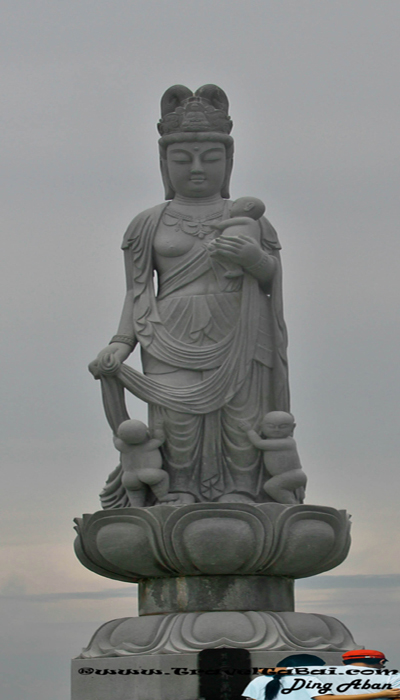
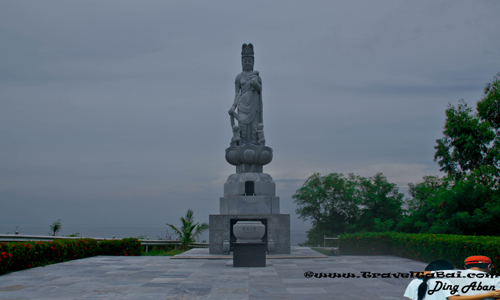
Because of this Japanese Memorial Garden not many Japanese visit Corregidor Island every year, both young and old. Must visit this historic Corregidor Island
While walking around in the garden I noticed this small monument the garden ends with the line:
“We ardently pray for… everlasting peace throughout the world.”
The Japanese brutally tortured pilipinos, murdered captives for fun, and raped every woman they could find in the Philippines. Why would the Philippines allow a memorial to the war criminals, nearly every one of them a criminal, to put a memorial celebrating their crimes?